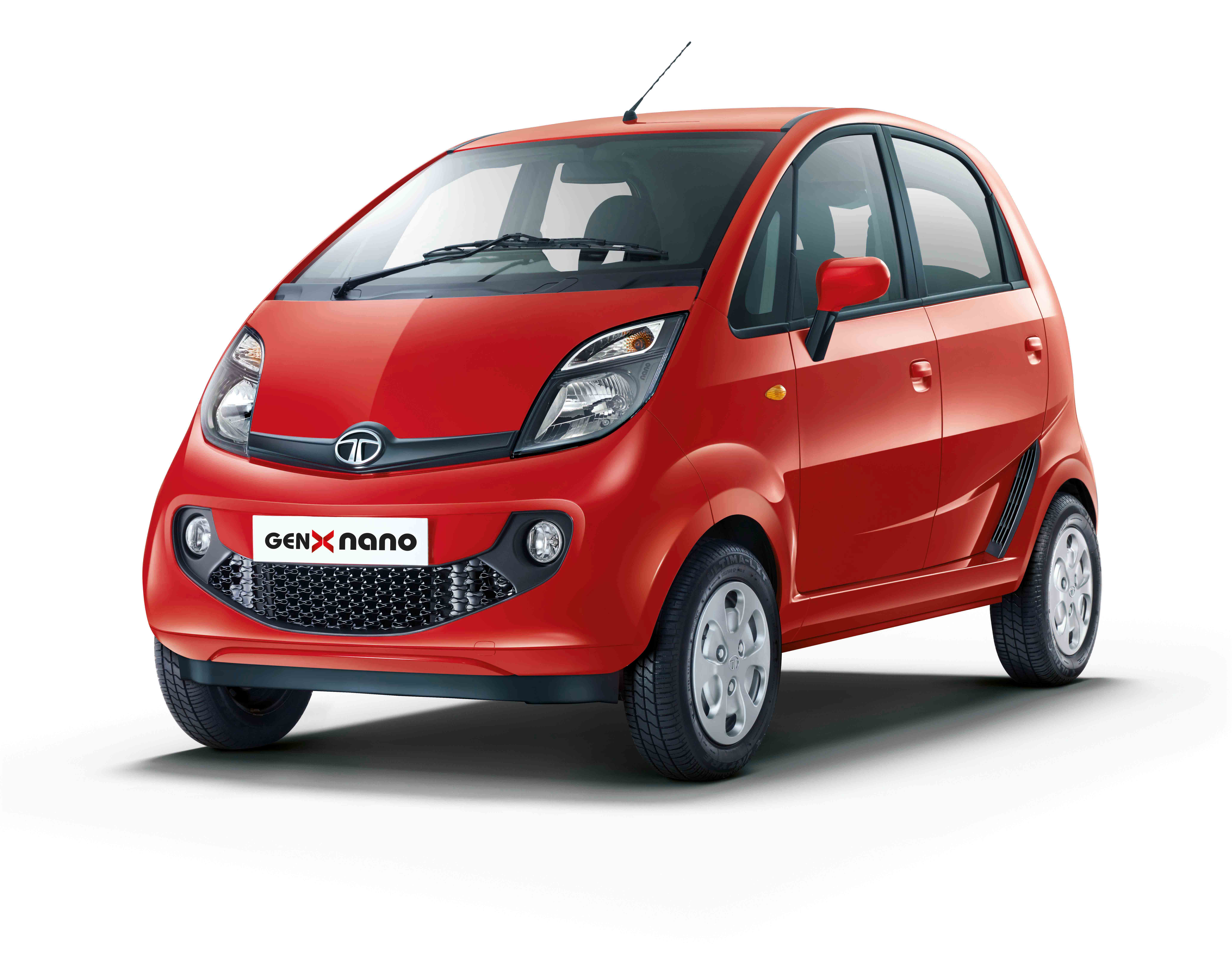

Market research is a powerful decision-making tool. It brought world famous companies to success, however, when carried out in the wrong way, it leads to disruptive results.
Odeo, later rebranded Twitter, a podcast website competing with iTunes, was revolutionized by successful market research to a status-sharing platform. The company recognized what consumers visualized as the flaws of other existing social media websites, such as the overwhelming interface, and improved on them, developing a simple, consumer-friendly outlook. Instagram incurred similar early changes thanks to effective market researching. As the company’s CEO and co-funder reported, the business met consumers’ desires realizing that its original web app, Burbn, offered too many features, which made the app excessively complicated
In spite of the two previous example, many companies, notably Segway, completely failed to reach consumer’s needs. The company raised public expectations before its launch in 2002, describing the machine as extremely revolutionary. However, the idea of “revolutionary” did not match what the public was expecting. The 10,000 units per week goal was not met, selling 24,000 machines during the first five years of production.
Whereas Twitter and Instagram grew successfully through an effective analysis of people’s needs, Segway’s failed to reach the consumer’s needs, solve buyer’s problems or even target a specific segment. Clever inventions with a worthless market research do not always find a spot in consumers’ mind.

Credits
Sloane, Paul. “A Lesson in Innovation – Why Did the Segway Fail? | Innovation Management.” Innovation Management. InnovationManagement.se, 02 May 2012. Web. 18 Oct. 2015.
Schneider, Johan. “Why Most Product Launches Fail.” Harvard Business Review. Harvard Business School Publishing, 01 Apr. 2011. Web. 18 Oct. 2015.
Systrom, Kevin. “What Is the Genesis of Instagram?FAQ.” The Genesis of Instagram. Quora, 11 Jan. 2011. Web. 18 Oct. 2015.
Nazar, Jason. “14 Famous Business Pivots.” Forbes. Forbes Magazine, 8 Oct. 2013. Web. 18 Oct. 2015.




